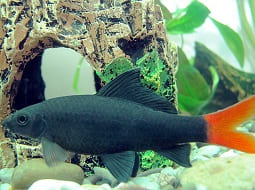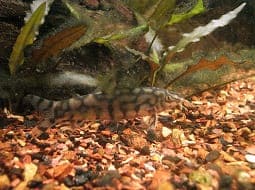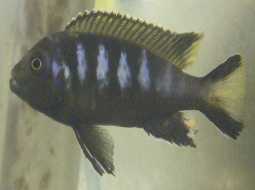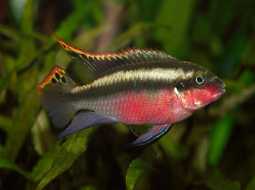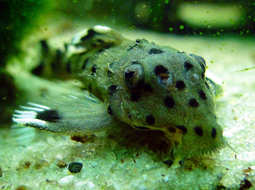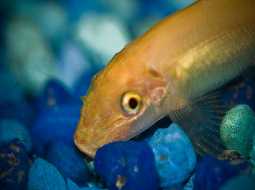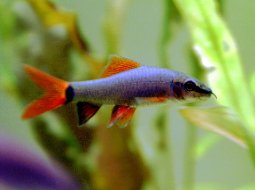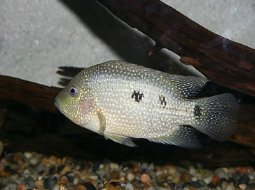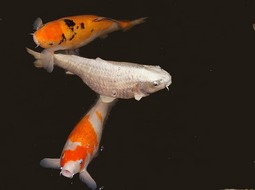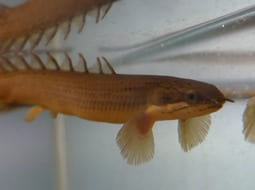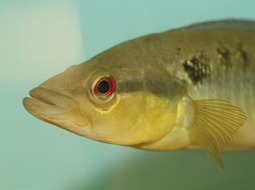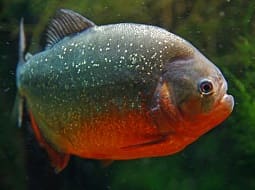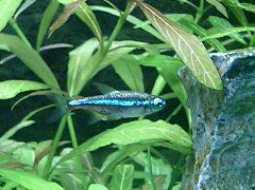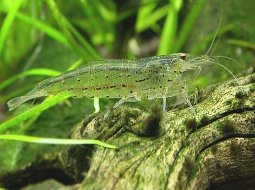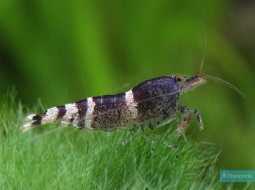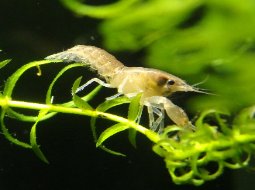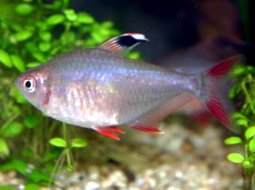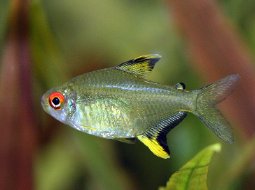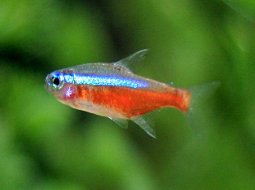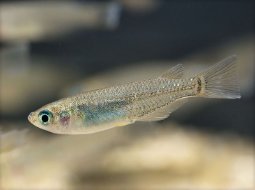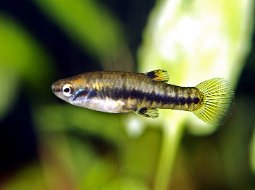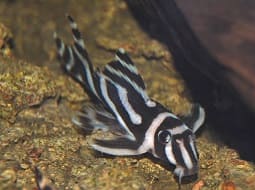
Loading Aqualapp ...
Care and Compatibility of Bristlenose Catfish - Ancistrus
Introduction
The Ancistrus is a genus of bottom-dwelling fish belonging to the Loricariidae family. These fish are native to South America and can be found in rivers and streams of the Amazon and Orinoco basins. They are known for their distinctive shape and bony plates on their body. Ancistrus are highly appreciated by aquarists for their role in controlling algae and their peaceful behavior.
Behavior
The Ancistrus is a peaceful and calm fish that spends most of its time exploring the bottom of the aquarium in search of food. They are primarily nocturnal and hide during the day in caves or within decorative structures. They can be territorial and may display aggression towards other fish of their species, especially during the breeding season.
Sexual Dimorphism
Sexual dimorphism in Ancistrus can be difficult to distinguish, but males tend to be slightly larger and develop more pronounced cheek odontoids with maturity. During breeding season, males may display territorial behaviors and build bubble nests.
Reproduction
Breeding Ancistrus in the aquarium environment can be challenging but successful breeding can be achieved. To encourage breeding, it is recommended to provide them with caves or clay tubes where they can lay their eggs and care for their fry. The males are responsible for guarding and aerating the eggs, while the females oversee the spawning process. Maintaining proper water quality and providing a varied diet are important factors in promoting successful reproduction.
Aquarium Conditions
Ancistrus is a genus of fish commonly known as 'plecos' or 'suckermouth catfish'. They prefer well-planted aquariums with a sandy substrate and plenty of rocks and driftwood for hiding. They also appreciate dense vegetation that provides them with shelter and feeding areas.
Feeding
The Ancistrus is an omnivorous fish that primarily feeds on algae and detritus found on the aquarium bottom. They also accept commercial foods such as vegetable tablets, pellets, and frozen foods like shrimp and mosquito larvae. Providing them with a balanced diet that includes both plant-based and protein-rich foods is crucial for their health and well-being.
Complexity
Caring for Ancistrus is relatively easy. They are hardy fish that can adapt to a wide range of water conditions. They are excellent algae eaters and leftover food scavengers, making them popular in community tanks.
In case you need more help, or if you want to know into any topic related to the Ancistrus (Bristlenose Catfish) and even any other species you can use the forums to ask what you need.
To do an analysis more detailed about coexistence and behavior of Ancistrus (Bristlenose Catfish) use the Aquarium simulation tool, if you do this you can test different ways to combine the Bristlenose Catfish with other fishes giving the dimensions and space on you aquarium, on this way you can known the optimal configuration for keep the fishes that you want.
You can also find out the 144 species compatible with the Ancistrus (Bristlenose Catfish) can live together.
Note: The parameters of the water such as PH and temperature are also used to calculate the compatibility of the species.
Compatible species (144)
Compatible (92 Species)
Compatible without any restriction
Tener en cuenta que el Pleco no debe caber en la boca del Acara Azúl
Similar Sizes (7 Species)
They can coexist if they are the same size or very similar sizes, it does not work in all cases, there may be exceptions.
With Reservation (12 Species)
Note that the Ancistrus must not fit in the mouth of the Green Terror
Compatible in some cases, it depends on the nature and personality of the fish.
Las especies territoriales por lo general pueden convivir con especies protegidas con coraza, ya que no pueden hacerles daño por su dura piel, lo que si hay que tener en cuenta es tener un acuario con dimensiones favorables para que cada pez pueda delimitar un territorio, ya que la mayoría de peces acorazados son también peces de fondo y les gusta estar buscando lugares donde ocultarse.
Showdown over territory (12 Species)
Fish can live together as long as the space is spacious enough to delimit a territory, otherwise there may be aggressions for competing for the territory.
It can be territorial with fish that occupy the bottom of the aquarium or by food struggles.
Los peces territoriales por lo general pueden convivir con peces protegidos con coraza, ya que no pueden hacerles daño por su dura piel, lo que si hay que tener en cuenta es tener un acuario con dimensiones favorables para que cada pez pueda delimitar un territorio, ya que la mayoría de peces acorazados son también peces de fondo y les gusta estar buscando lugares donde ocultarse.
Considerable size difference (19 Species)
These fish know not to eat other fish with an exoskeleton, but you might try to eat it.
They can coexist while they are similar in size or the size difference is not very abysmal, since as the fish grows it increases the chances of eating its partner that did not grow much.
Compatible if space is enough (2 Species)
They can coexist together if the aquarium they share is large and spacious enough for both species to feel good, as some fish may attack others to feel that they have little space and try to eliminate the competition.
Bristlenose Catfish
Ancistrus
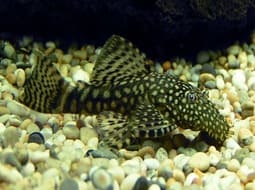
- Ph: 5.8 - 7.4
- Temperature (c°): 23 - 29
- Measures: 12 cm
- Aquarium Capacity:
18 Liters - 5 Gallons - Alimentación: Herbivores, Omnivores
- Colores: Black, Brown
- Comportamiento: Likes to take refuge, Night, Peaceful
- Habitad: American
- Morfología: Cuirass or Carapace
- Preferencias del Acuario: Logs, Natural plants, Rocks
- Tamaño: Medium
- Taxonomía: Fish
- Tipo de Agua: Sweet water
- Velocidad de nado o movimiento: Slow
- Zona de Nado: Aquarium background

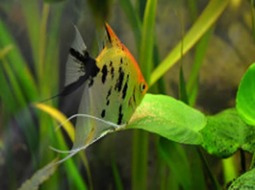
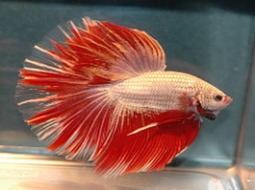

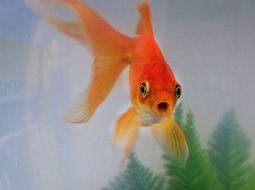

.jpg)
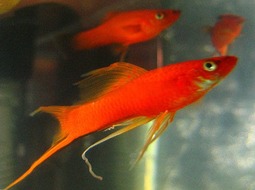
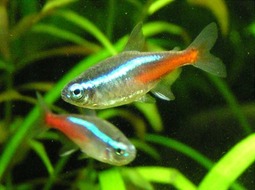
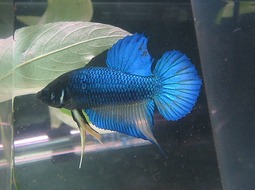
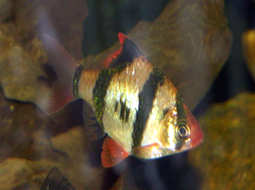
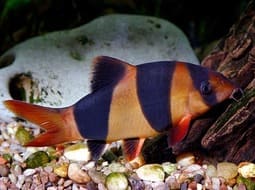
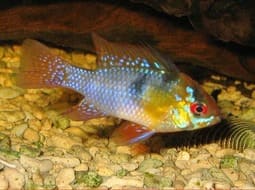

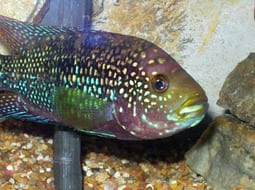
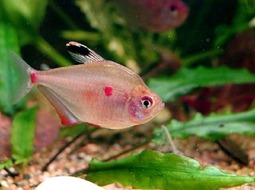


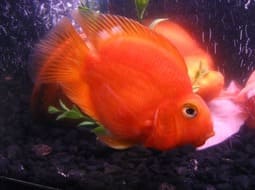
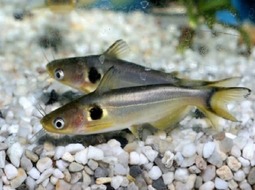
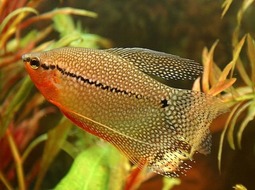
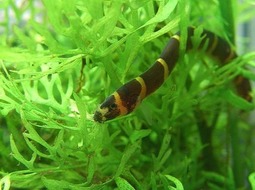
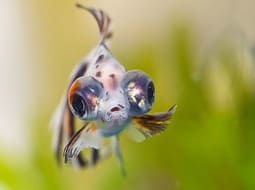
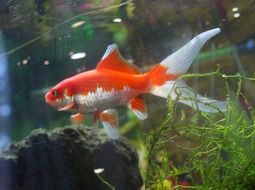

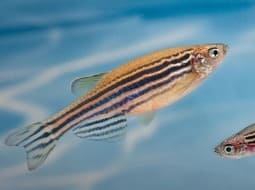
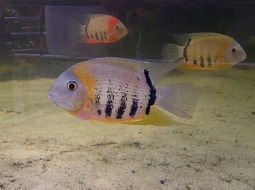
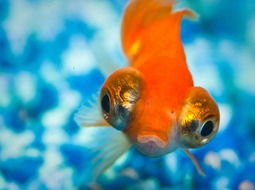



.jpg)
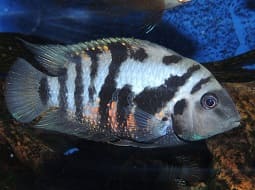




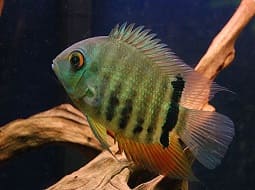
.jpg)
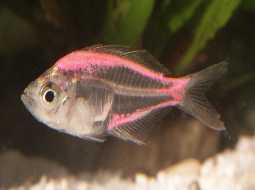
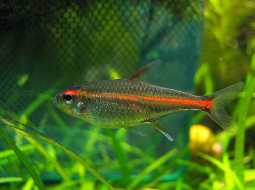
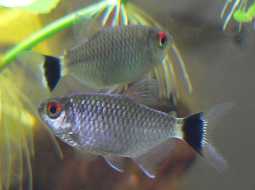
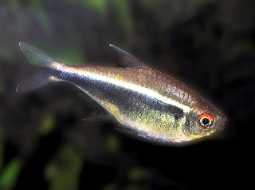

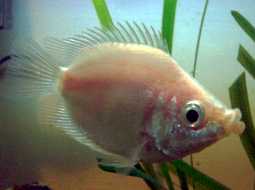
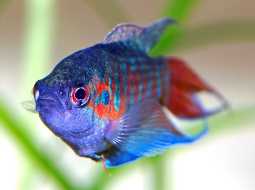
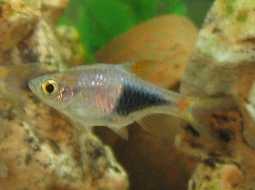
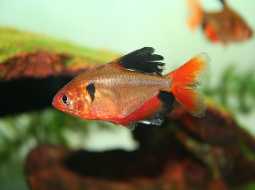
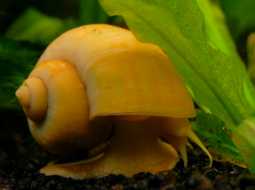
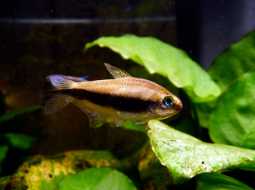
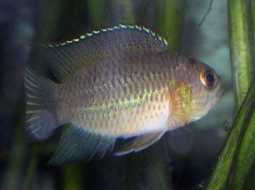


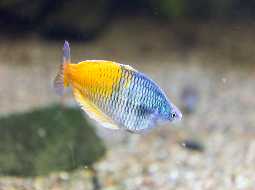
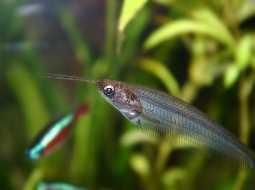
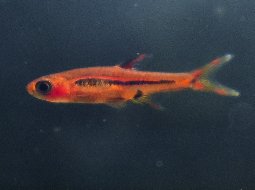
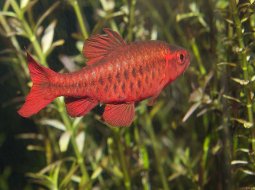

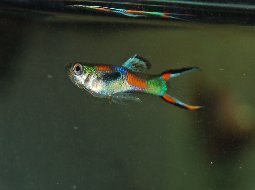
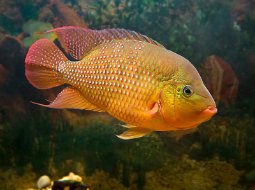


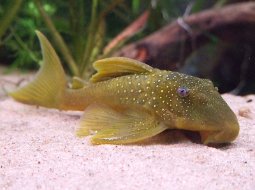
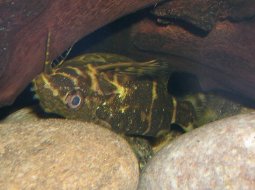
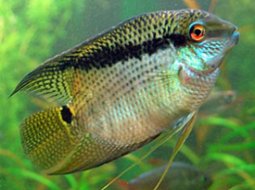
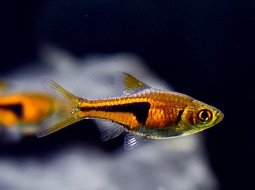

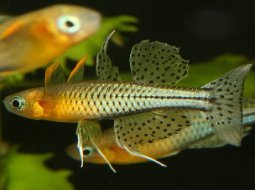



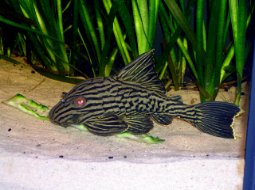

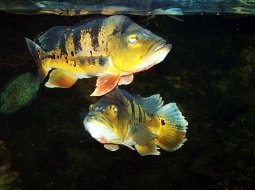
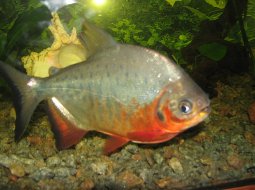
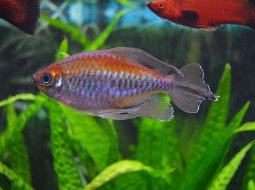

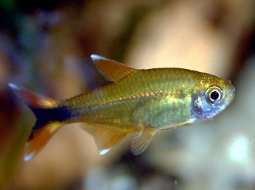
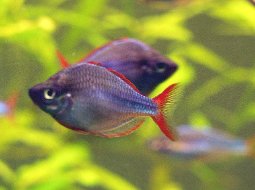

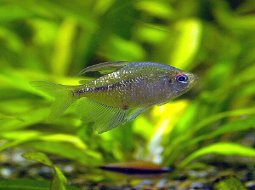



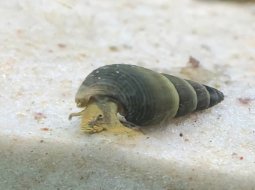
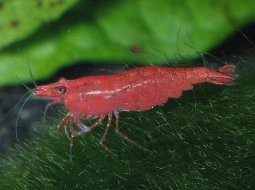


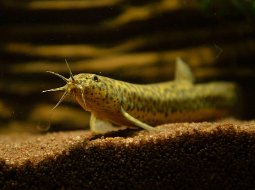
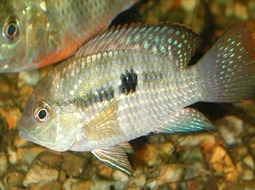

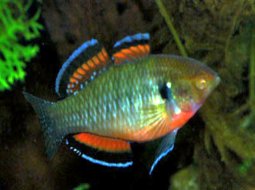




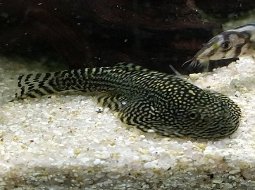

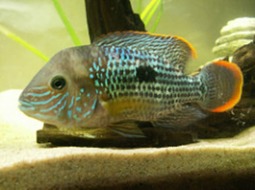
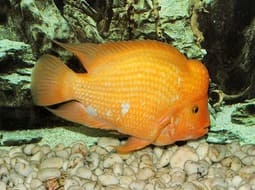
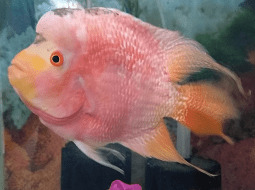

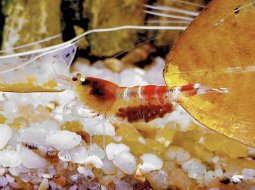


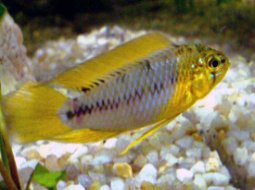
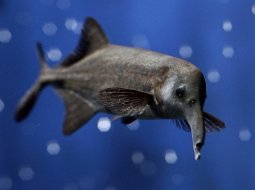
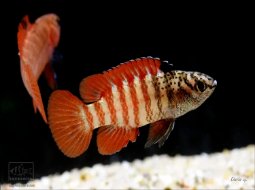



.jpg)
